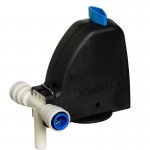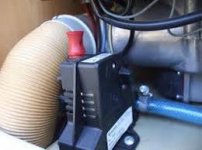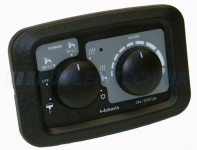merl
Full Member
- Posts
- 3,055
- Likes
- 6,976
Hi all.
I wonder if anyone with experience with using a Webasto dual top heater in the winter can help.
My problem/concern centres around the instructions saying that the heater will automatically drain the hot water storage tank if the temperature drops below 6deg C under certain heater settings which aren't particularly clear. It also says that there is an 'anti freeze mode' where the heater "functions in the same manner as for winter, heating with hot water production mode, but with values below the air and water temperature". Again not really clear.
Can anyone with experience of using a dual top Webasto in a cold climate pass on their experience of how to prevent frost damage to the unit and ensure there's not an 'automatic' loss of all stored water.
Thanks, Merl
I wonder if anyone with experience with using a Webasto dual top heater in the winter can help.
My problem/concern centres around the instructions saying that the heater will automatically drain the hot water storage tank if the temperature drops below 6deg C under certain heater settings which aren't particularly clear. It also says that there is an 'anti freeze mode' where the heater "functions in the same manner as for winter, heating with hot water production mode, but with values below the air and water temperature". Again not really clear.
Can anyone with experience of using a dual top Webasto in a cold climate pass on their experience of how to prevent frost damage to the unit and ensure there's not an 'automatic' loss of all stored water.
Thanks, Merl



